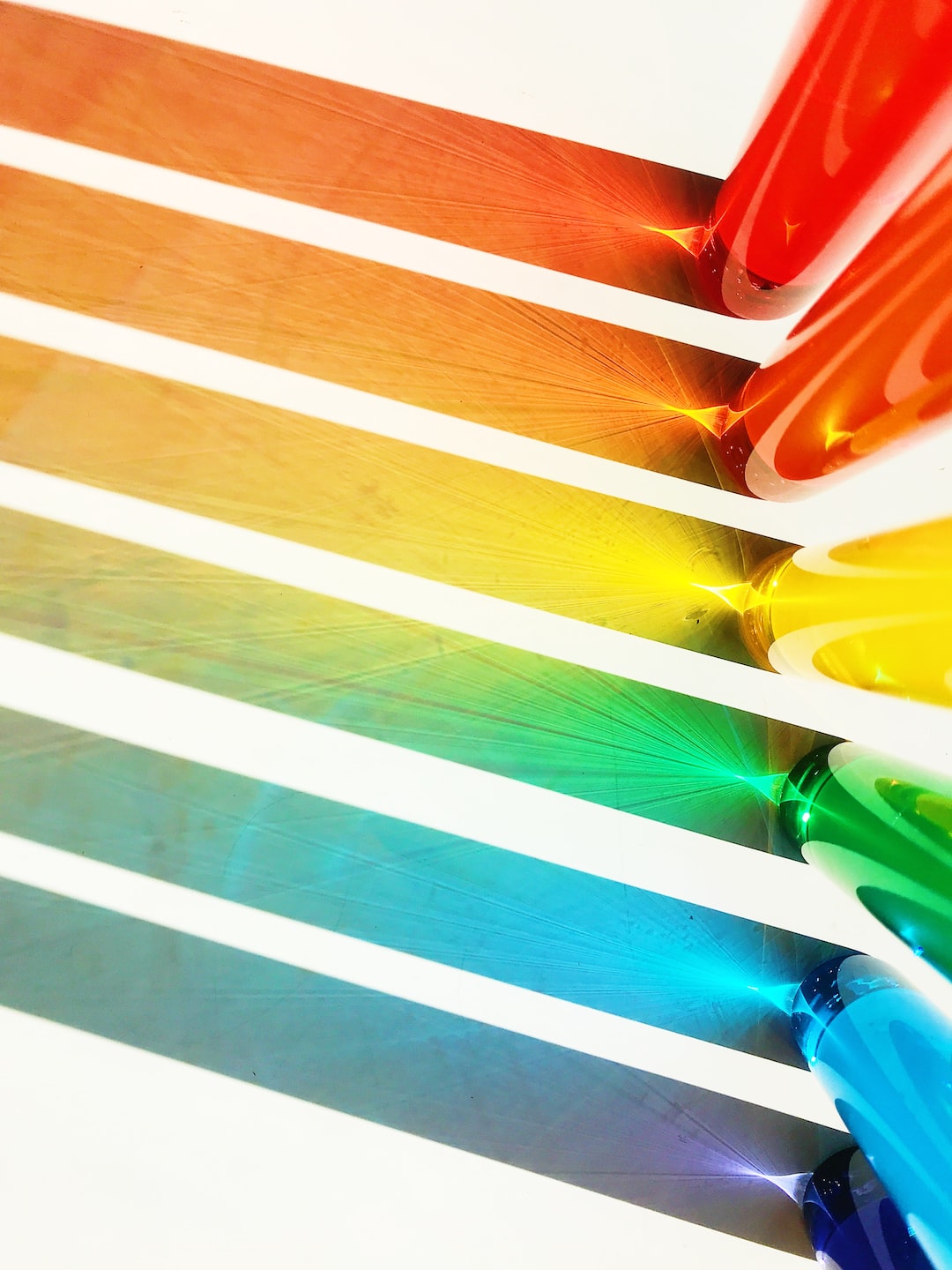Exploring the Power of Negative Space in Design
Design is not just about what you see, but also about what you don’t see. Negative space, also known as white space or empty space, plays a crucial role in the world of design. It is the space that surrounds and defines the objects and elements in a design composition. Understanding and effectively utilizing negative space can elevate your design to a whole new level.
Negative space is often overlooked or underestimated by many designers. However, when used strategically, it can create a powerful impact and enhance the overall visual experience. It can bring balance, harmony, and a sense of simplicity to a design, making it more visually appealing and memorable.
One of the main advantages of negative space is its ability to improve readability and legibility. By creating enough space between letters and lines of text, negative space allows for easier reading and comprehension. It prevents overcrowding and confusion, ensuring that the information is conveyed effectively to the audience. For example, think about the iconic logo of FedEx, where the negative space between the “E” and the “X” forms an arrow. This clever use of negative space not only adds an element of surprise but also reinforces the brand’s message of speed and efficiency.
Negative space can also be used to create a sense of hierarchy and emphasis within a design. By leaving some areas of the composition empty, you can guide the viewer’s attention towards the most important elements. Through strategic placement of negative space, you can highlight a headline, a call to action, or a key image, making it stand out and capturing the viewer’s interest. This technique is often used in advertising and poster design, where a minimalistic and bold approach is desired.
Moreover, negative space can evoke emotions and tell a story in a subtle yet powerful way. By leaving empty spaces or creating silhouettes, you can encourage the viewer’s imagination and engage them on a deeper level. The absence of visual content can invoke curiosity, leaving room for interpretation and personal connection. Think about the iconic Apple logo, which is just a simple apple shape with a bite taken out of it. The negative space within the apple shape adds depth and intrigue, leaving the viewers to wonder what it represents.
Negative space is not limited to two-dimensional designs. It can also be used effectively in three-dimensional spaces and architecture. By cleverly incorporating empty spaces in building structures or furniture design, architects and designers can create a sense of openness, tranquility, and flow. The negative space in a room can enhance the overall atmosphere, making it feel larger and more inviting. For instance, the Fallingwater house designed by Frank Lloyd Wright is a prime example of utilizing negative space to blend seamlessly with the surrounding nature, creating a harmonious and awe-inspiring living environment.
In conclusion, negative space is a powerful tool in design that should not be underestimated. Its ability to improve readability, create hierarchy, evoke emotions, and enhance the overall visual experience makes it an essential aspect of any design composition. By exploring and understanding the potential of negative space, designers can elevate their creations to a whole new level, capturing the attention and imagination of their audience. So, the next time you are working on a design project, don’t forget to consider the empty spaces and embrace the power of negative space.

